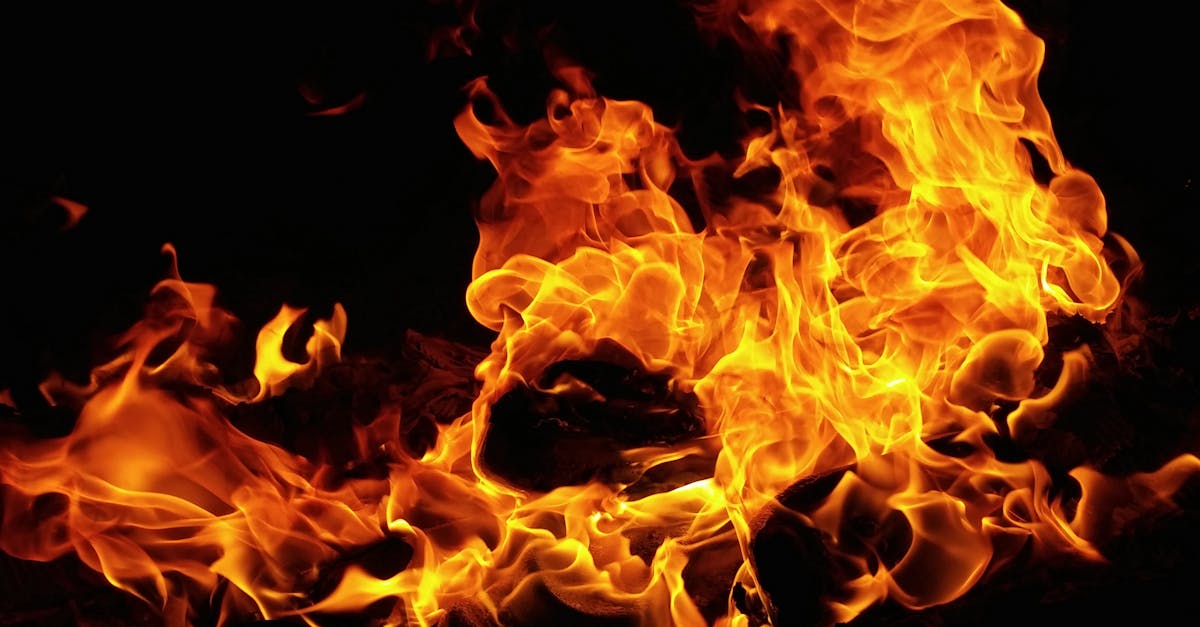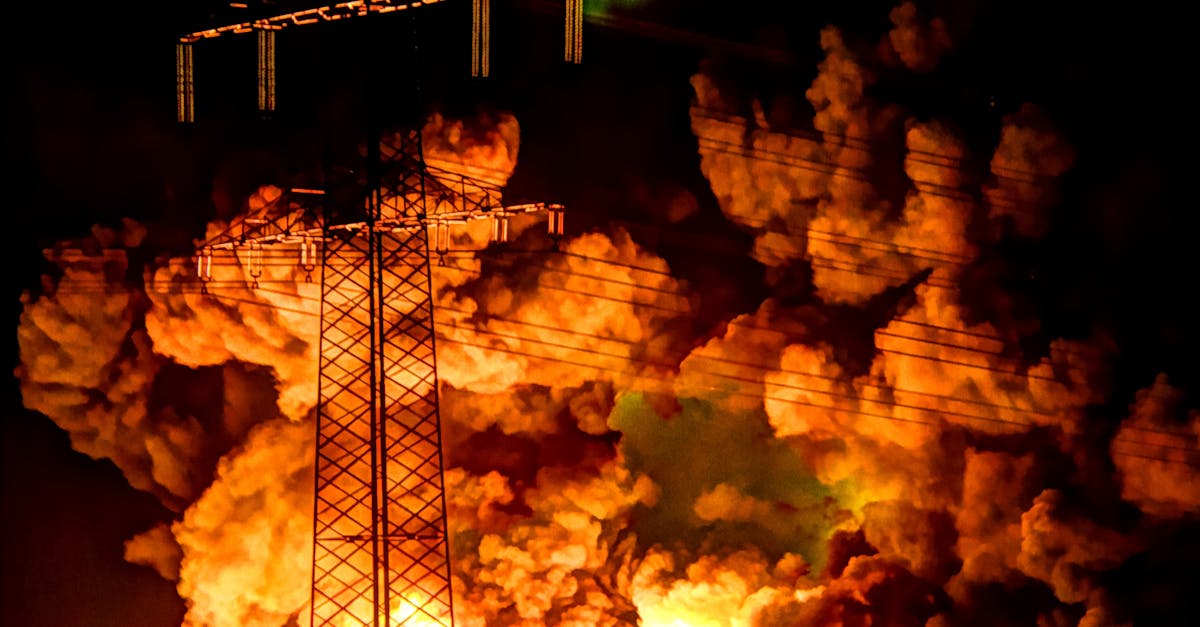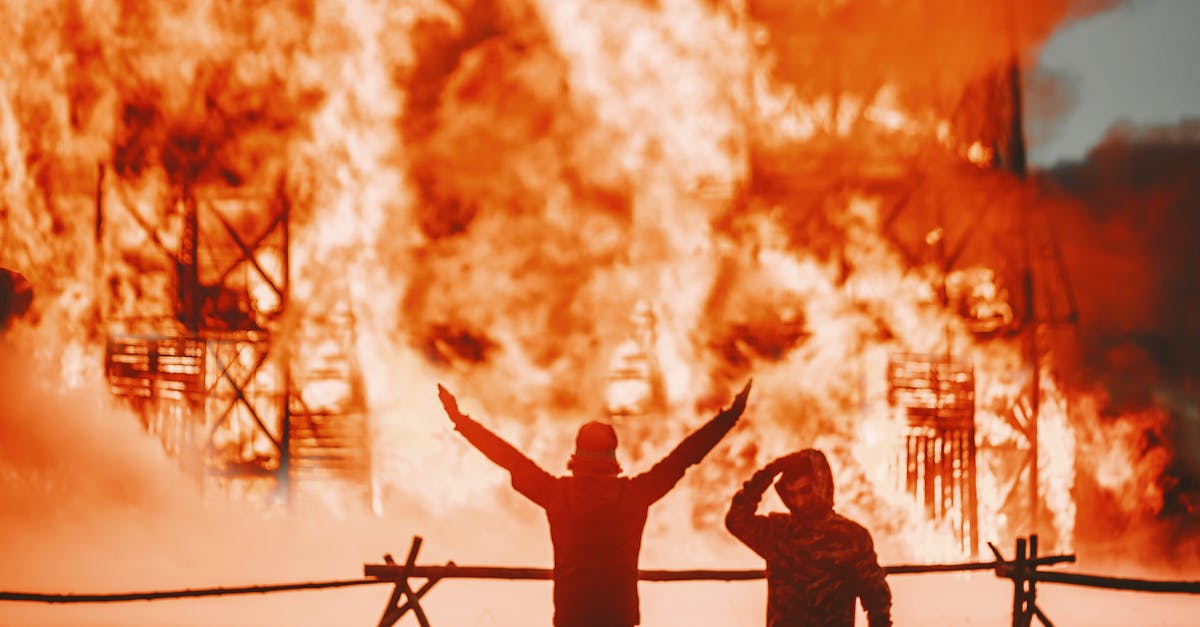
Table Of Contents
Testing the Pressure Relief Valve
Testing the pressure relief valve is a crucial step in hot water system maintenance. This valve ensures safety by releasing excess pressure that can build up within the tank. To begin the test, locate the valve on the side or top of the tank. Place a bucket underneath the discharge pipe to catch water. Lift the lever on the valve to allow a small amount of water to escape. This action can help determine whether the valve is functioning properly, as it should release some water and then re-seal once the lever is released.
If no water flows when the lever is lifted, or if the valve leaks after the test, replacement is necessary. Regular testing of the pressure relief valve can prevent potentially dangerous situations caused by excessive pressure in the tank. It's advisable to perform this maintenance task annually to ensure the longevity and safety of your hot water system. Maintaining the integrity of the valve not only promotes a safe environment but also contributes to the overall efficiency of the hot water system.
How to Perform a Pressure Test
To perform a pressure test on your hot water system, start by turning off the power supply and shutting off the main water supply. Locate the pressure relief valve, which is typically situated on the side of the tank. Attach a garden hose to the valve outlet and direct the other end to a suitable drainage area. This setup will help contain any water that may escape during the test.
Next, slowly lift the valve lever to release any built-up pressure within the tank. Be cautious, as hot water may discharge. After relieving the pressure, close the valve and monitor it for any leaks or signs of malfunction. Regular pressure tests play a crucial role in hot water system maintenance, ensuring the system remains safe and functions effectively over time.
Cleaning the Burner Assembly
Cleaning the burner assembly is crucial for optimal hot water system performance. Over time, dirt, debris, and even burnt fuel residue can accumulate, leading to inefficient operation or complete failure. Regular maintenance helps ensure that the burner flames are stable and correctly adjusted. This not only enhances energy efficiency but also prolongs the lifespan of the system.
Hot water system maintenance involves a few straightforward steps. Begin by turning off the gas supply and electricity to the unit. Carefully remove any access panels and examine the burner for any signs of buildup. Utilizing a soft brush or vacuum can help remove loose particles. If necessary, use a dedicated cleaner suitable for the burner material to tackle stubborn stains. Reassembling everything properly is essential for safety and efficiency.
Techniques for Effective Cleaning
Cleaning the burner assembly is crucial for optimal performance and efficiency. Use a soft brush or cloth to remove dirt and debris that may have accumulated on the components. Ensure that the area around the burner is free from any obstructions to allow for proper airflow. Hot Water System Maintenance also includes inspecting the burners for signs of wear or damage, which may require replacement to maintain the system’s effectiveness.
Consider using a vacuum with a soft brush attachment to remove any dust or buildup that may be harder to reach. Pay close attention to the flame arrestor and other critical components to ensure they are clean and functioning correctly. Regular maintenance can help prevent costly repairs down the line. Keeping the burner assembly clean contributes significantly to the overall efficiency of the system and helps prolong its lifespan.
Inspecting and Replacing Insulation
Proper insulation is essential for the efficiency of your hot water system. Over time, insulation can wear down due to various factors, including age, moisture, and physical damage. Inspecting the insulation involves checking for any visible tears, gaps, or areas that feel damp to the touch. Identifying compromised insulation early can prevent heat loss and ensure the system remains energy-efficient. Regular checks should be part of your hot water system maintenance routine.
Replacing damaged insulation is crucial to maintain the system’s performance. When replacing insulation, choose materials specifically designed for high-temperature applications. Ensure that the new insulation fits snugly around the pipes and tanks to avoid any gaps. Proper installation can significantly reduce heating costs and improve overall system efficiency. Following these steps will contribute to effective hot water system maintenance and help prolong the life of your system.
Benefits of Proper Insulation
Proper insulation plays a crucial role in the efficiency of a hot water system. It helps to minimize heat loss, ensuring that the water remains at the desired temperature for longer periods. This efficiency not only supports a comfortable and consistent hot water supply but also reduces energy consumption. Lower energy usage translates to decreased utility bills, making insulated systems a worthwhile investment for homeowners.
Additionally, maintaining proper insulation contributes to the overall longevity of the hot water system. Well-insulated components are less susceptible to temperature fluctuations and related wear. This reduces the risk of corrosion and other damage, which can lead to costly repairs or premature system replacement. Regular inspections as part of your hot water system maintenance regimen can ensure that insulation remains intact and effective.
FAQS
How often should I service my hot water system?
It's recommended to service your hot water system at least once a year to ensure optimal performance and safety.
What are the signs that my hot water system needs servicing?
Common signs include unusual noises, fluctuating water temperatures, leaks, or a decrease in hot water supply.
Can I perform maintenance on my hot water system myself?
While some basic maintenance tasks can be done by homeowners, it's best to consult a professional for comprehensive servicing to ensure safety and proper handling of the system.
What is a pressure relief valve, and why is it important?
The pressure relief valve prevents excessive pressure buildup in the hot water system, which can lead to leaks or even explosions if not functioning properly.
How can I improve the efficiency of my hot water system?
Regular maintenance, cleaning the burner assembly, ensuring proper insulation, and addressing any leaks promptly can significantly improve the efficiency of your hot water system.





























